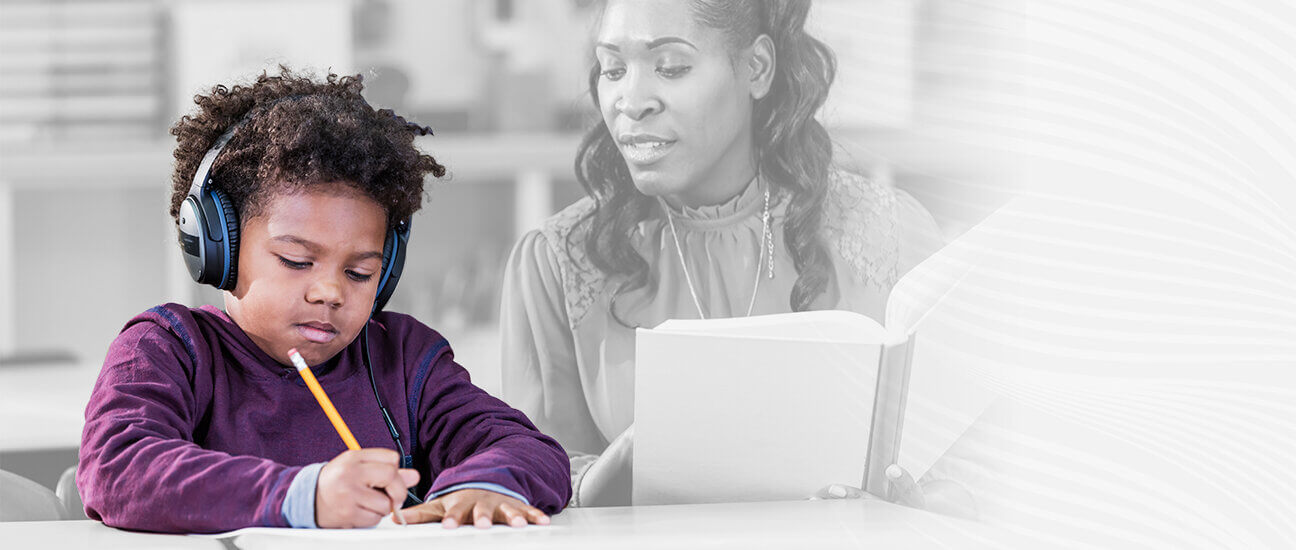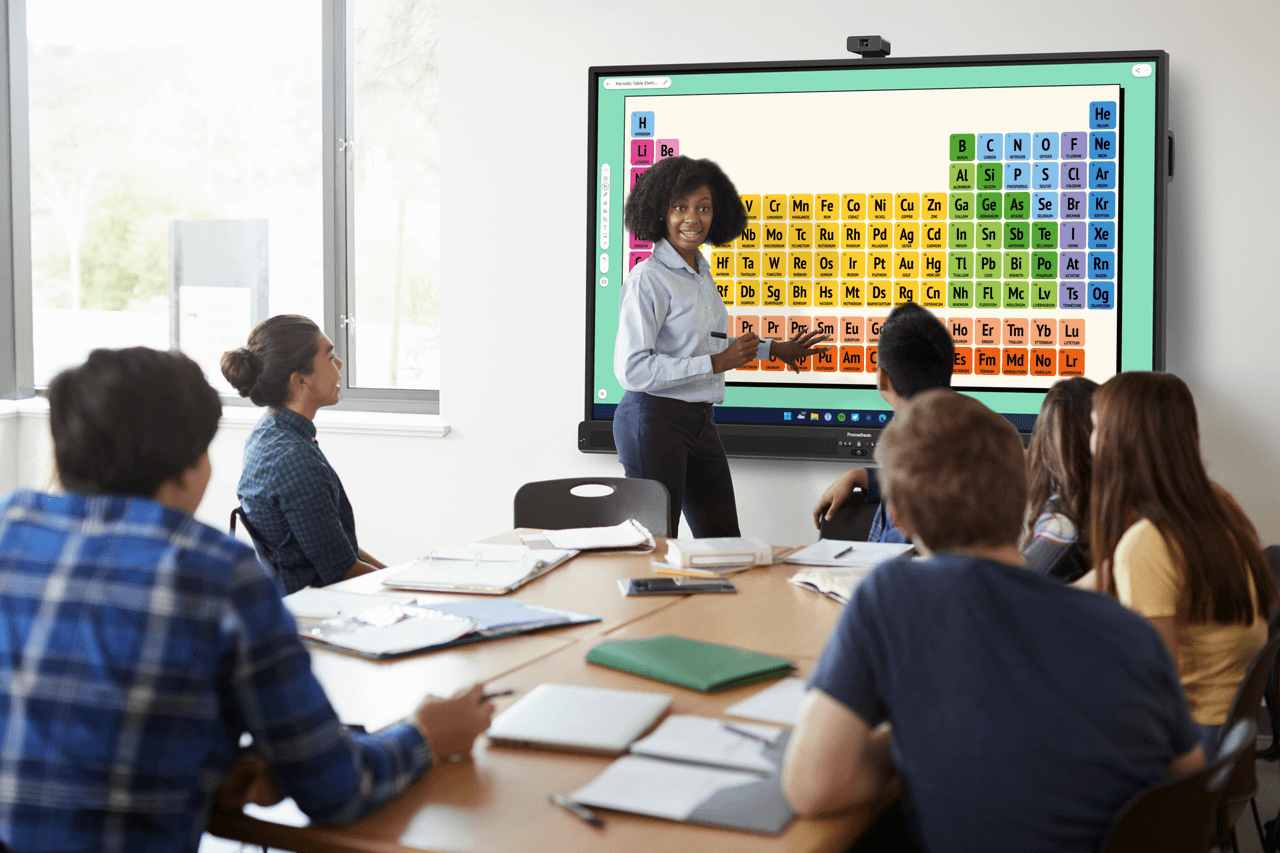Published on March 30th, 2023
Experiential learning for differentiated students
3 minute read

Educators understand that, because each student is unique with different needs, they require a different teaching approach. Experiential learning opens up ways for educators to engage students without being limited to the traditional lecture delivery style. It’s based on the idea that students learn effectively by doing, experimenting, and trying things out, rather than just receiving content at a conceptual or theoretical level.
How does experiential learning support differentiated students?
Experiential learning is designed to lift content from the pages of a textbook or worksheet and help students make sense of it in the real world. Experimentation and practical learning experiences engage more senses beyond the visual, so lessons become more stimulating for students who learn best in kinesthetic or tactile ways. This can help make lesson content less abstract.
These activities are also naturally more active, getting students out of their chairs and sometimes outside of the classroom altogether. By working with peers, students also pick up different skills and approaches, while bouncing off their energy. Students can bond and collaborate with peers who share similar learning styles, such as quiet thought or more energetic exploration, to support each other’s productivity and understanding.
How can edtech help?
Students can use portable devices to get hands on with their learning through virtual modeling or simulations. Apps and websites give students the chance to experiment, design, and construct their own way of working through a task or expressing their understanding. Digital flipchart or whiteboard tools offer color, shapes, and other media to practice, draft up, and present their solutions.
Smart panels, such as the ActivPanel, are designed for immersive experiences that appeal to broad learning styles. These tools can bring concepts to life for students who understand them best with rich visuals, audio, or touch. They can appeal to multiple senses at once, without educators needing to provide these different experiences or activities themselves.
Find ways to use edtech for immersive learning experiences in our blog, and download the State of Technology in Education Report.




